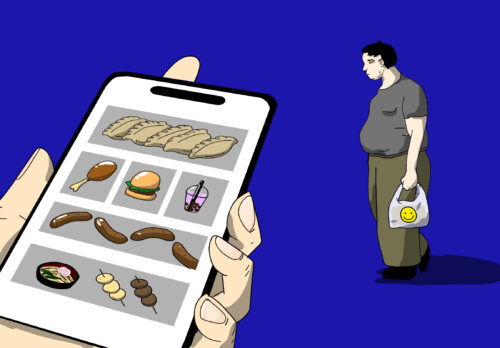China launches initiative to tackle senior tech gap as everything moves digital
The guidelines specify a two-pronged approach, aiming to both preserve non-digital services to make sure seniors’ basic needs are properly met and encourage the invention of new technologies and devices tailored for older adults.

In an effort to improve seniors’ use of technology and help them survive an ongoing digital transformation, China’s State Council has unveiled a major guideline that laid out a string of measures aimed at closing the country’s widening digital divide faced by its aging population.
The document (in Chinese), published by China’s chief administrative authority on November 24, notes that as more and more private businesses and public services made the leap to a digital-first mentality, an increasing number of seniors were stranded on the wrong side of the high-tech divide.
The guidelines specify a two-pronged approach, aiming to both preserve non-digital services to make sure seniors’ basic needs are properly met and encourage the invention of new technologies and devices tailored for older adults.
Several industries — such as public transportation, healthcare, entertainment, retail, and other essentials services that seniors depend on — are required to remove obstacles for older customers who lack basic digital literacy skills. For example, as most Chinese hospitals have adopted online appointment systems, the directive mandates medical facilities to reserve a certain number of appointment slots per day for walk-in patients, who are mostly older adults.
The State Council directive also takes aim at unmanned shops and stores that only accept mobile payments. Labeling their policies and concepts as “discriminatory,” the Chinese cabinet urged these businesses to find alternatives that blend both virtual and person-to-person shopping experiences.
This year, the problem of China’s elderly being unable to access digital-only services was brought into sharp relief when most of the country went into lockdown and almost everything shifted online. In order to monitor people’s movements and reduce the spread of COVID-19, China put in place a mobile-app-based “health code” system, which was required for access to transport and other public services. Seniors who were not smartphone-savvy were left helpless.
Even before the pandemic, with technology permeating every aspect of Chinese society — from cashless payments to virtual communication to internet-based public services to online banking — older adults who had resisted the digital world for most of their life were left with little option but to sink or swim.
According to statistics from the China Internet Network Information Center (CNNIC), a government-affiliated administrative agency responsible for internet affairs, there were about 94 million internet users in China by June 2020, but users aged 60 and older only comprised 10.3%. In other words, only 6.98 million elderly people in China used the internet, less than 40% of that demographic group.
For Chinese seniors hoping to overcome the digital gap, studies showed (in Chinese) that several issues can stand in the way of their technology adoption, such as a lack of assistance and the proliferation of online financial swindles targeting aging adults.






